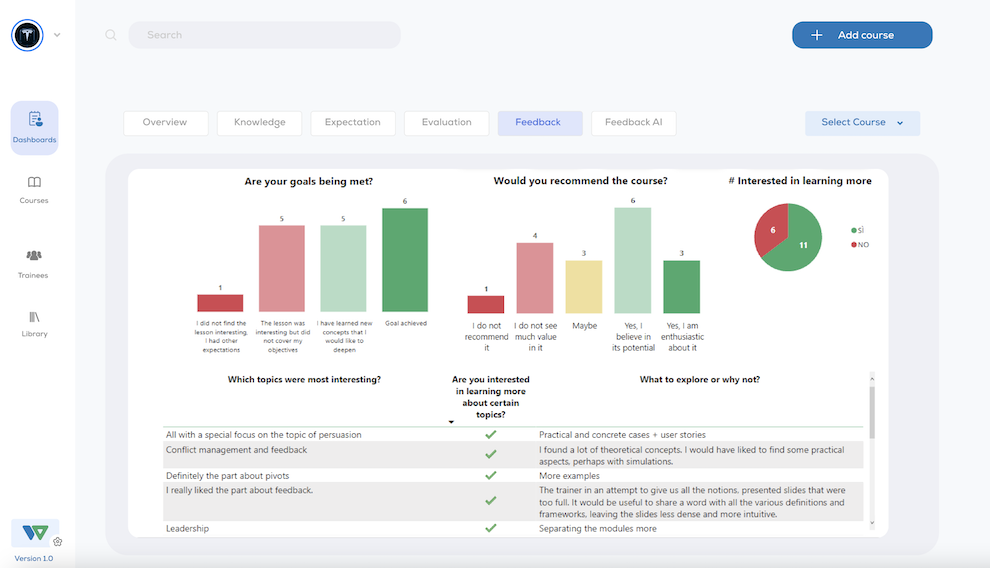Creative Thinking: A Life Skill to Use to Face Different Types of Cognitive Pragmatism
We are facing a new world of a younger generation– relationships are built through multiple digital connections that are nourished by individualism and solitude.

We cannot imagine today’s society without technology, as it is at the core of our lives. It has a considerable number of positive effects, like the possibility of attending university courses entirely remotely or meeting with friends in a virtual room.While there are many benefits to technology, new forms of addiction are emerging and should not be ignored— especially from an educational point of view. Technology has become an evolving educational tool that shapes young minds; the simple fact is, owning technological devices directly impacts the process of identity building.
The thought patterns today’s generation builds while using new technologies are often attributable to pragmatic rationality and instrumental reasoning. Little by little, especially through the use of social networks, cognitive and ethical practices are being established based on the value of instrumental effectiveness (i.e. the methodical achievement of short-term goals). This reflects the pursuit of immediate results and receiving instantaneous answers is at the expense of a formation made of solid relationships and durable knowledge.
With this in mind, it is necessary to make young people responsible for the use of different digital features in order to to develop interpretive abilities about what they want to communicate and what they absorb through images and messages. Moreover, it is essential that they learn not to passively accept what is conveyed to them explicitly or implicitly, but it is fundamental that they reason on the different meanings so as to make responsible and conscious choices. The premise is to use technologies in an creative and reflective way, to defeat any form of dependence or abuse of these new tools, as it would be counterproductive to directly prohibit their use.
Technologies, by putting together different communicative aspects—from written code, numerical, to visual art—when used consciously, can suggest a variety of thinking strategies. Therefore, if we teach how to properly utilize them, by raising awareness about functionalities and meanings of new tools, young people would be enabled to use different types of communication and to start thinking creatively—empowering free-thinking and ultimately benefiting social relations.
Benedetta Diegoli








